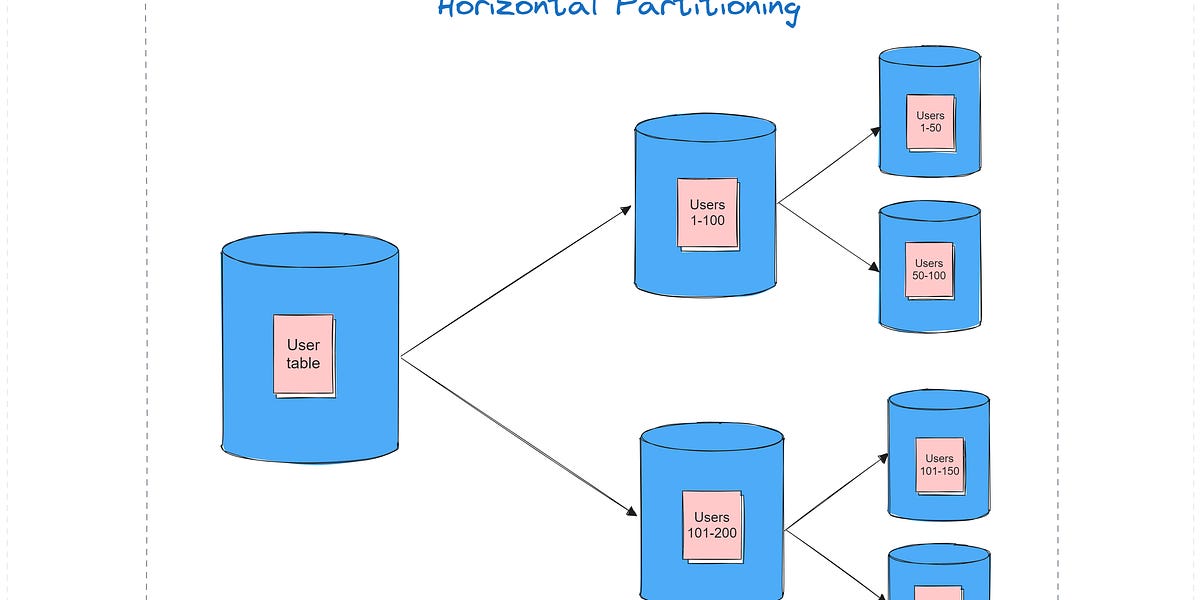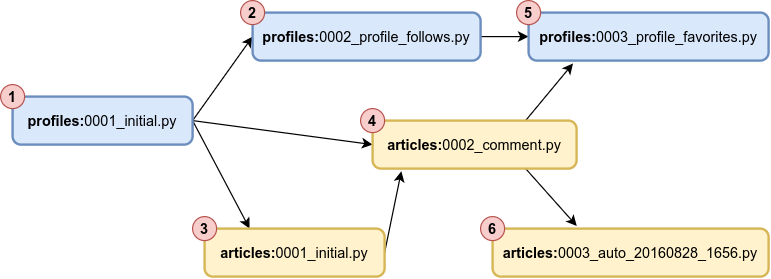End-to-End Verification of ARM Processors with ISA-Formal – Alastair Reid – Researcher at Google
Despite 20+ years of research on processor verification, it remains hard to use formal verification techniques in commercial processor development. There are two significant factors: scaling issues and return on investment. The scaling issues include the size of modern processor specifications, the size/complexity of processor designs, the size of design/verification teams and the (non)availability of enough formal verification experts. The return on investment issues include the need to start catching bugs early in development, the need to continue catching bugs throughout development, and the need to be able to reuse verification IP, tools and techniques across a wide range of design styles.
This paper describes how ARM has overcome these issues in our Instruction Set Architecture Formal Verification framework ``ISA-Formal.'' This is an end-to-end framework to detect bugs in the datapath, pipeline control and forwarding/stall logic of processors. A key part of making the approach scale is use of a mechanical translation of ARM's Architecture Reference Manuals to Verilog allowing the use of commercial model-checkers. ISA-Formal has proven especially effective at finding micro-architecture specific bugs involving complex sequences of instructions.
An essential feature of our work is that it is able to scale all the way from simple 3-stage microcontrollers, through superscalar in-order processors up to out-of-order processors. We have applied this method to 8 different ARM processors spanning all stages of development up to release. In all processors, this has found bugs that would have been hard for conventional simulation-based verification to find and ISA-Formal is now a key part of ARM's formal verification strategy.

















/cdn.vox-cdn.com/uploads/chorus_asset/file/25417952/transformers_megatron.jpg)




